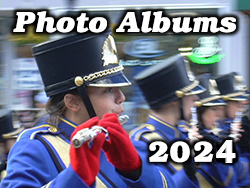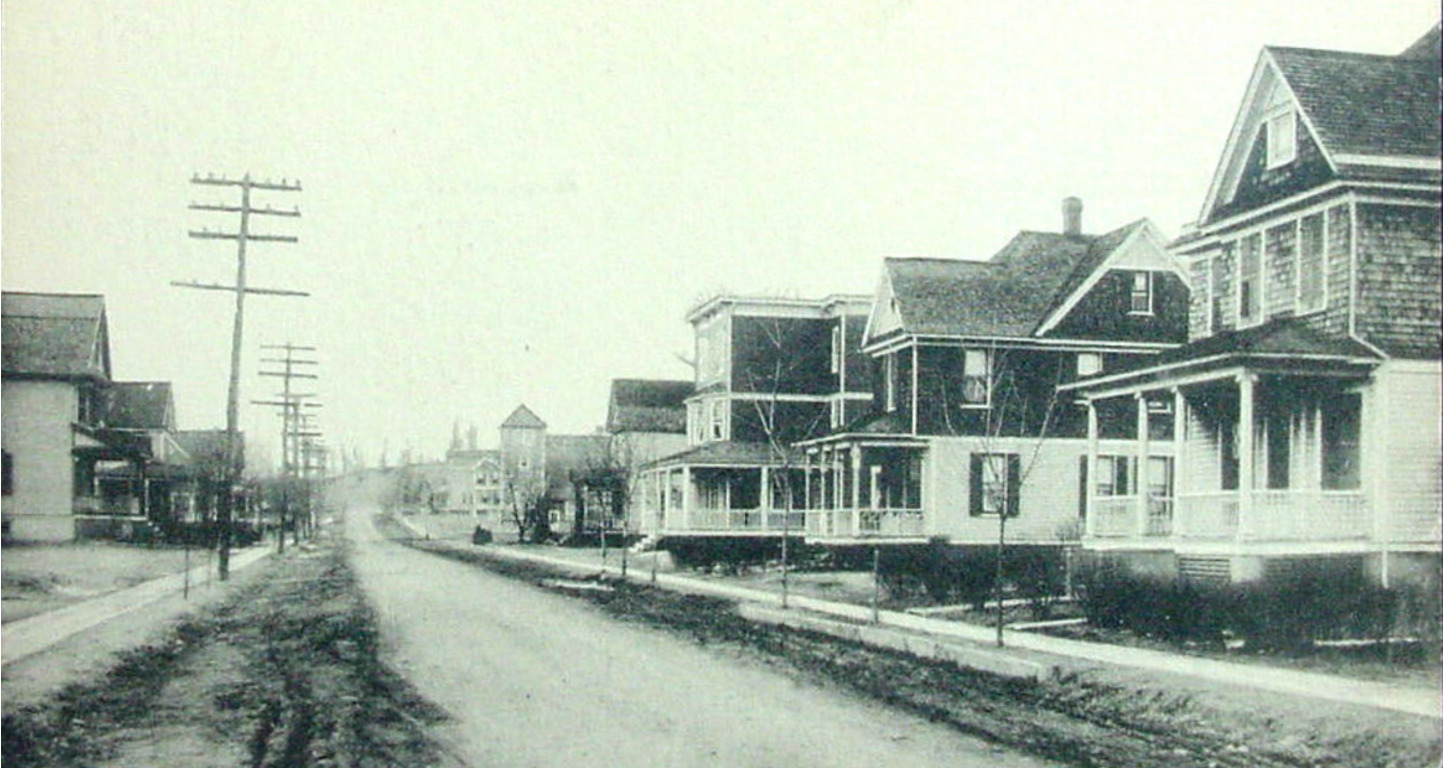
(above) N. 20th St in old Uptown Kenilworth
Source: Historic Signs, Inc.
Kenilworth 100 years ago – Part 1
What was Kenilworth like 100 years ago? This is part one of a three-part series that looks back at Kenilworth in 1920.
In 1920 there were 1,312 residents living in 231 homes. Today there are an estimated 8,200 residents living in about 2,800 homes. Family size back then was six; today it is three.
Most residents lived in three sections of the town. They were: Downtown, with most homes north of Monroe Ave. between 8th and 12th streets; Uptown, with homes concentrated along the Boulevard to a bit above Monroe Ave. and between N. 18th to N. 22nd streets; and in “the Park,” which included the older homes around Newark Ave., S. 23rd and S. 25th streets.
There was no supermarket in town but numbers of “mom and pop” stores, particularly Downtown and along Washington Ave. The busy Boulevard retail area of today had few buildings in 1920. Heading east along the northside was the popular Kenilworth Inn at N. 20th St., then the old Benedict farmhouse once used by Upsala College, the Jubber house, Jubber’s general store, and the Jubber building with a butcher shop on the left and a grocery store on the right. East of 21st St. was a small building, housing today’s Capri Pizza, and next to it, the old Woodmen of the World building used as borough hall and now site of the Senior Citizens Center. Just one more building existed until reaching the railroad station. It was a small building near N. 24th St., converted in 1949 to a luncheonette, now a diner. The Boulevard’s southside had fewer buildings. East from the stables at S. 19th street was Mr. Miller’s hot dog luncheonette at S. 20th St., the Nitschke duplex, and the historic Nitschke house at the corner, now moved to So. 21st St. Then a cottage at Michigan Ave. before reaching Market St. factories.
There were no sanitary sewers; outhouses prevailed. There was no garbage collection so residents buried it or found a neighborhood place to dump. Garbage was minimal as people wasted nothing, fed scraps to their animals, and composted almost everything else for their gardens. They didn’t have to deal with much packaging. Only parts of the town had water mains, therefore many relied on well water.
The town’s unpaved streets were covered with ashes from factories and home furnaces. There were not many cars as most people were employed in local factories and walked to work. People thought nothing of walking a mile or more to get to a destination a hundred years ago.
Research provided by Walter E. Boright, Ed. D., historian; Historic Signs, Inc. Persons with inquiries about this or other aspects of Kenilworth history may contact Dr. Boright at drbori@aol.com or 908-256-5200. All photos are not 1920, but represent the period.
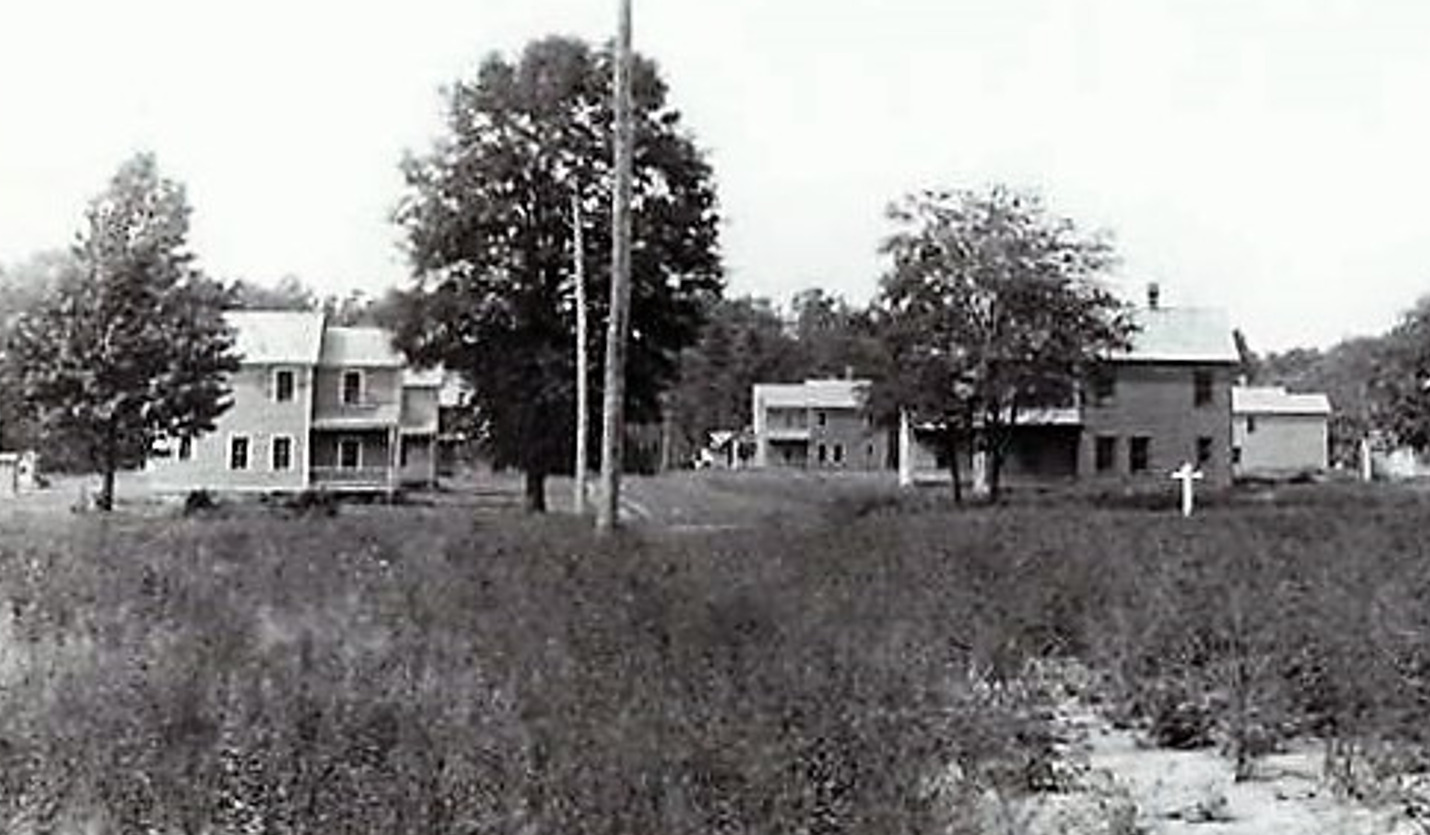
(above) Monroe Ave. and 10th St. in old Downtown Kenilworth
Source: Kenilworth Historical Society
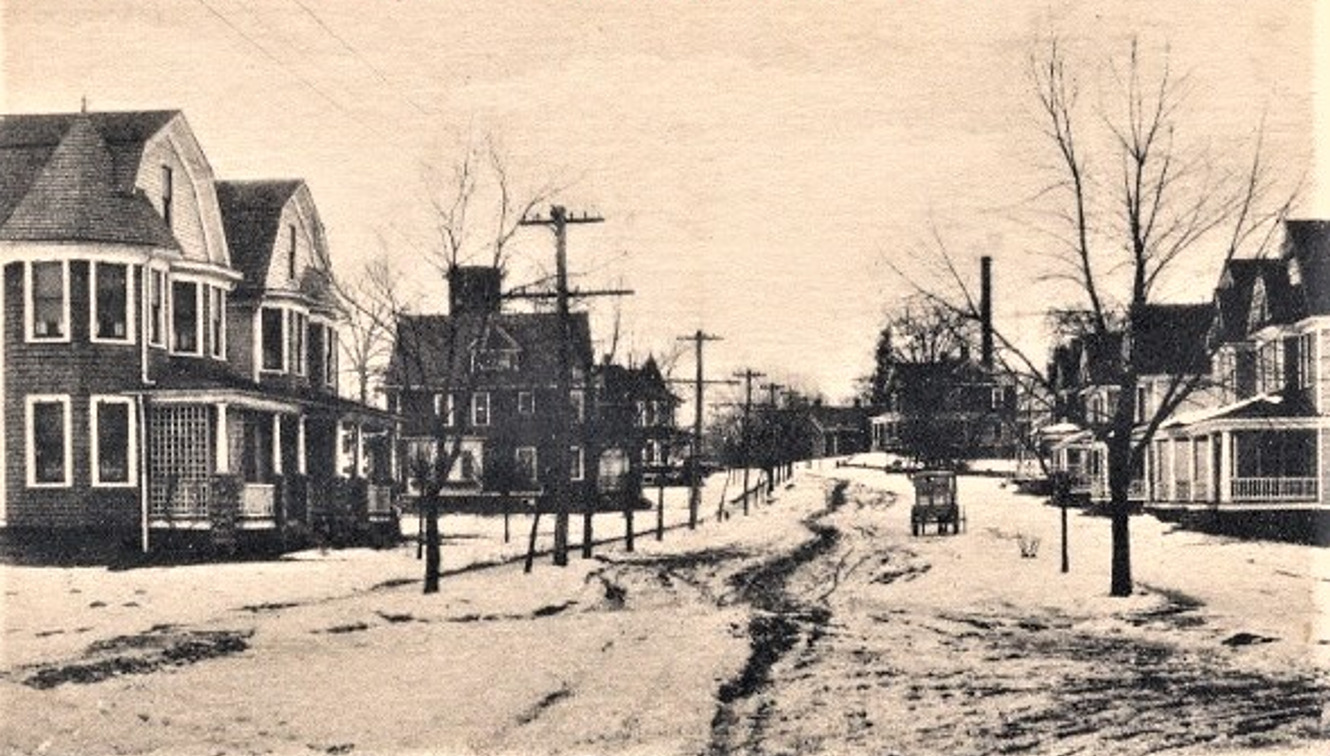
(above) Newark Ave. in the old “Park” section of Kenilworth. Source: Historic Signs, Inc.
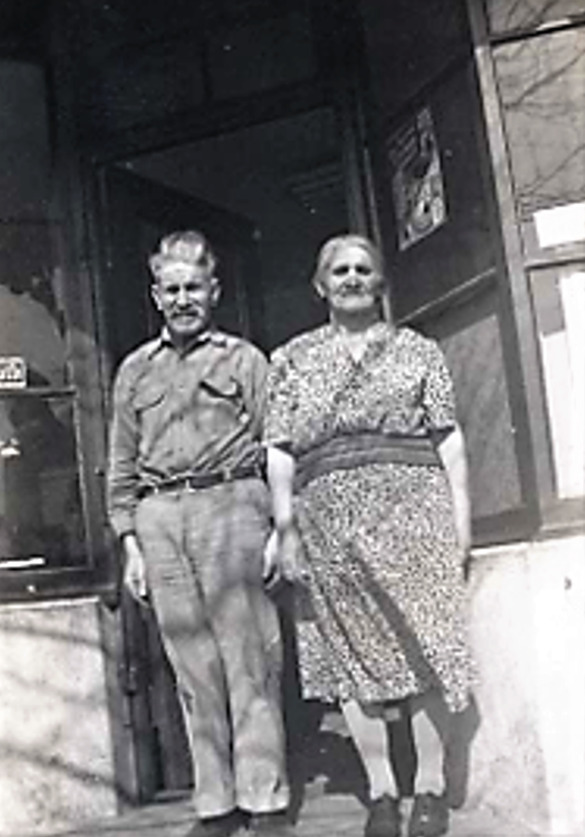
(above) Zampaglione’s Groceries, a Mom and Pop Store, Monroe Ave., Downtown. Nicola and Giovanna in doorway. Source: Historic Signs, Inc.
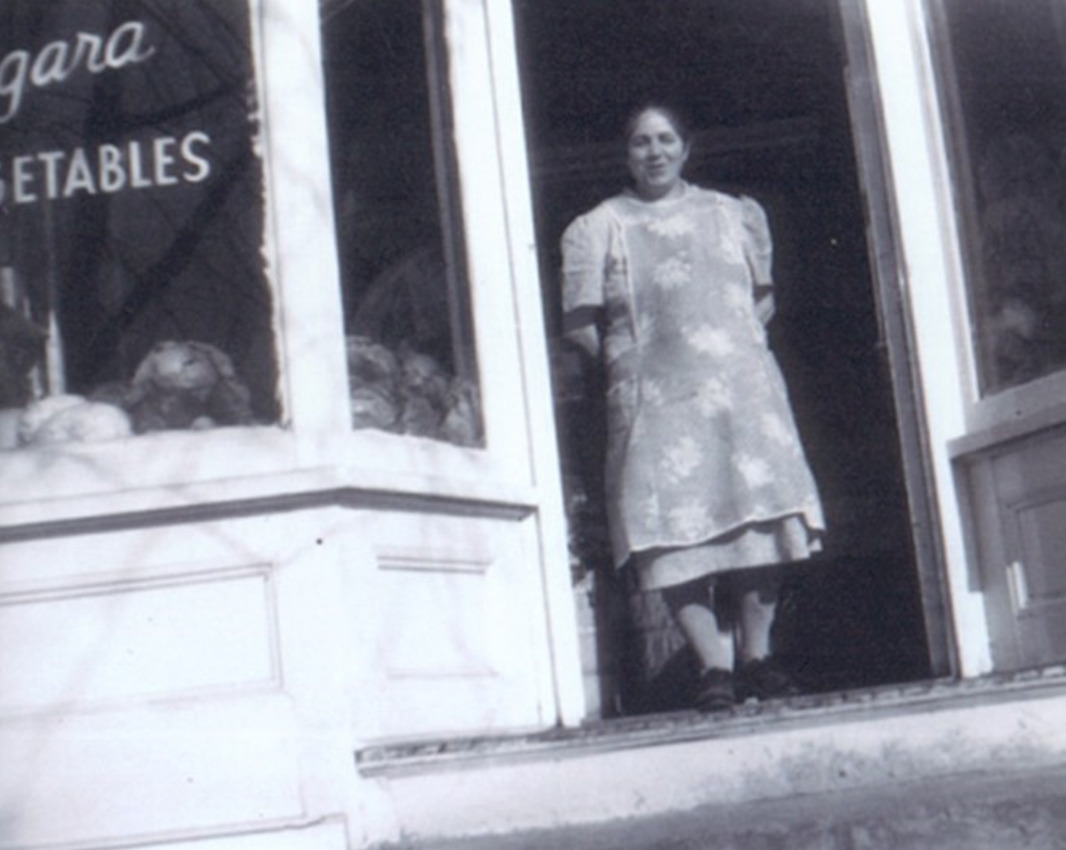
(above) Lugara’s Fruits and Vegetables, a Mom and Pop store, Washington Ave., Uptown Francesca in doorway Source: Muravsky
